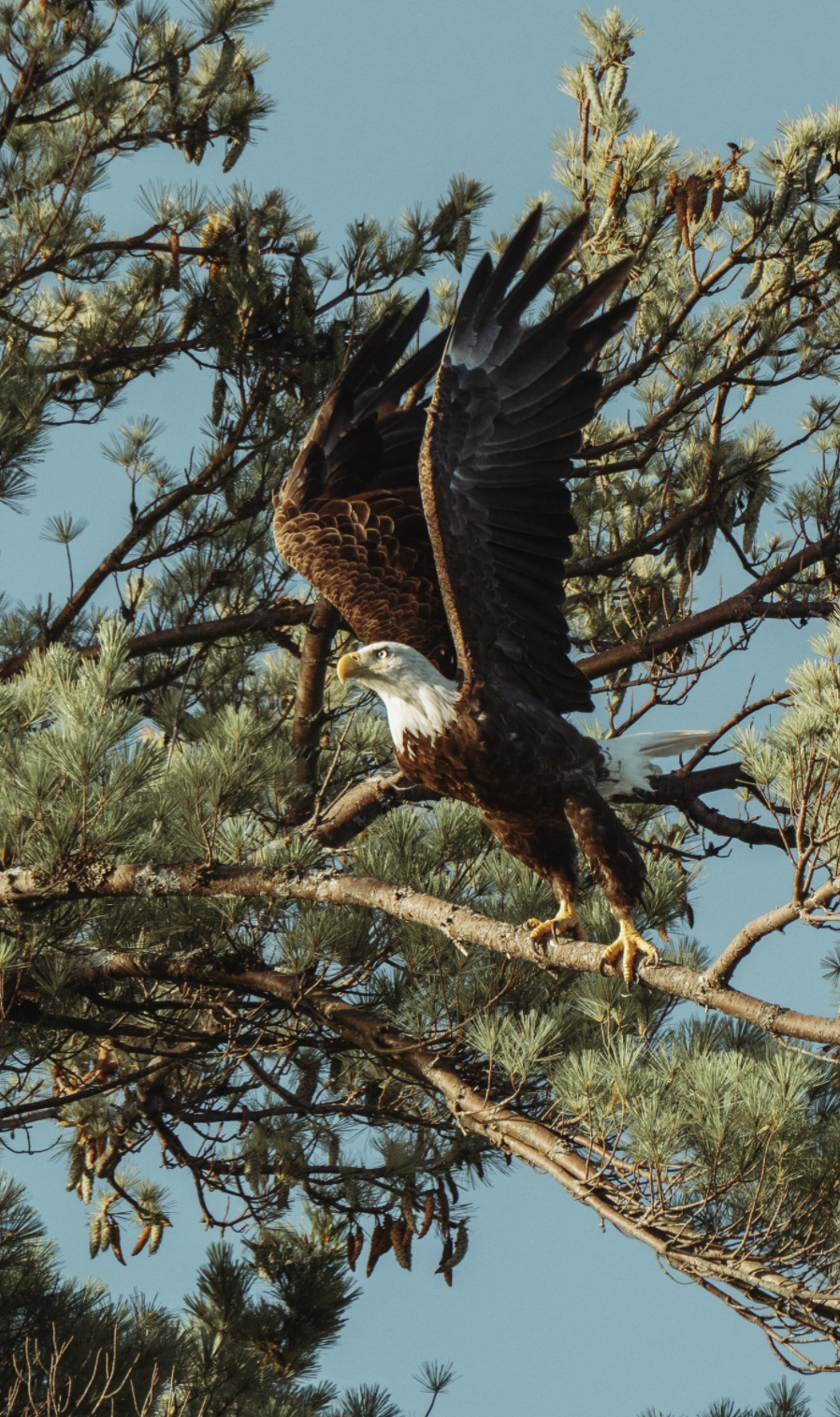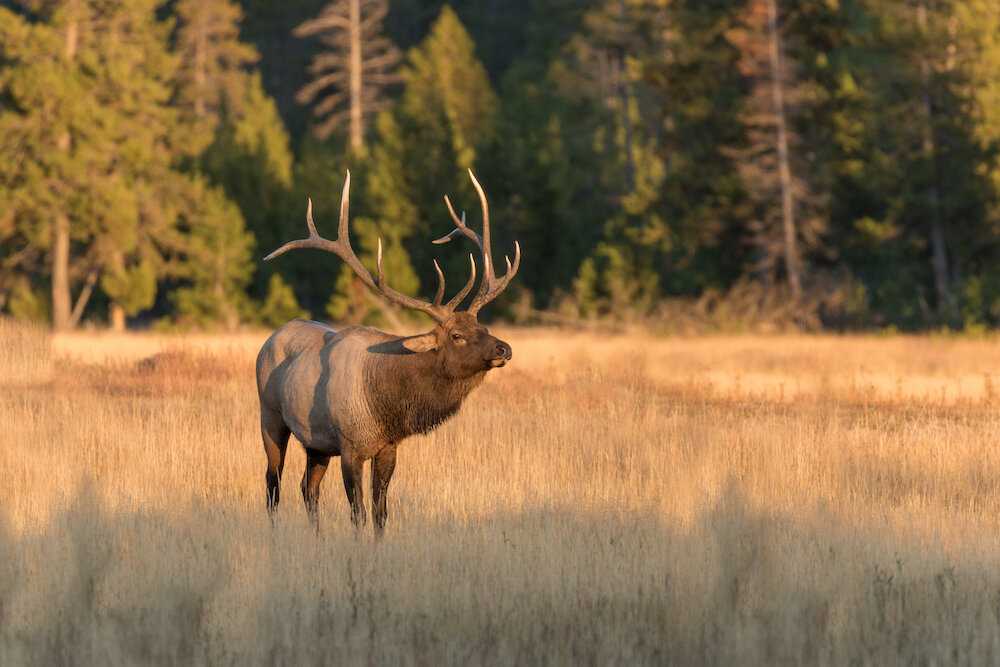Defending Wildlife in Deschutes County
TAKE ACTION TODAY TO protect healthy habitats for elk, deer, and eagles
Mule deer herds are in decline across Deschutes County. We need to be sure their remaining key habitat areas are protected.
In Central Oregon, we share our home with an abundance of wild species. We can live as good neighbors to our wildlife by recognizing their place on this landscape.
In 1991, Deschutes County conducted a Wildlife Inventory to collect information on sensitive habitats for our local species. These inventories were meant to help inform decisions and keep wildlife safe by protecting important areas for habitat.
In the 30 years since then, Central Oregon has undergone immense growth and change. With increased development and a growing recreational footprint, wildlife are feeling the pressure. According to a recent report, mule deer herds near the Metolius have decreased nearly 40% and herds near Paulina have dropped nearly 30%.
A better understanding of where Wildlife live
To put it simply, the Wildlife Inventories from 1991 are out of date. Luckily, new information was collected earlier this year to update these inventories. And this week, Deschutes County is moving forward to consider adopting this new information.
Today, there is an opportunity to speak up for Central Oregon’s wildlife.
These Wildlife Inventory updates offer valuable scientific information on our region’s wildlife. To make good decisions for our region’s wildlife, Deschutes County should continue to research habitat areas and ensure our mule deer, elk, and eagle inventories reflect the latest available data from ODFW.
What is a Wildlife Inventory? Under Oregon’s land use system, counties must map (or “inventory”) significant wildlife habitat. Often, these inventories are created in collaboration with the Oregon Department of Fish and Wildlife (ODFW) and the U.S. Fish and Wildlife Service (USFWS).
Take a story map tour to learn more about this recent proposed Wildlife Inventory Update.
Take Action
This Wednesday, September 29, Deschutes County Commissioners will meet to discuss whether or not to adopt the Wildlife Inventory Updates (see the meeting agenda here). We need the public to show up and let our elected officials know Deschutes County residents care about wildlife!
Here’s what you can do.
Reach out to the Board of Deschutes County Commissioners before 8:00 a.m., Wednesday, September 29. You can send an email to board@deschutes.org or leave a voice message by calling 541-385-1734.
First, ask Deschutes County to update the Comprehensive Plan and Zoning Code to incorporate the wildlife inventory updates for all three species: elk, mule deer, bald and golden eagles.
What does this mean? This asks the County to take the updates on all species into account. There is currently a proposal to adopt only 1 or 2 species, but we believe all 3 are key to this region and deserve accurate and updated information.
Second, ask Deschutes County to include additional land uses to be prohibited in these wildlife inventory areas as proposed by the Oregon Department of Fish & Wildlife.
What does this mean? Currently, certain types of development are prohibited in wildlife inventory areas. The prohibited developments are those types that would be a major disruption to wildlife. The Oregon Department of Fish and Wildlife has proposed adding a few types of prohibited development to this list, including off-highway motor vehicle courses, outdoor commercial events, paintball courses, and shooting ranges. We support ODFW’s proposal to keep harmful development out of these areas.
Learn more
These updated reports show an expanding range of habitat areas.
As wildlife populations are actually declining in number, the expanded ranges shown here give insight into the current habitat needs for the survival of these species in Deschutes County.
As animals are displaced by continued development in the rural County, efforts are needed to protect winter range and sensitive habitat that remains.
View these maps in detail by clicking the link below.
Want to receive action alerts in your inbox? Sign up for our emails and we’ll keep you in the loop.







